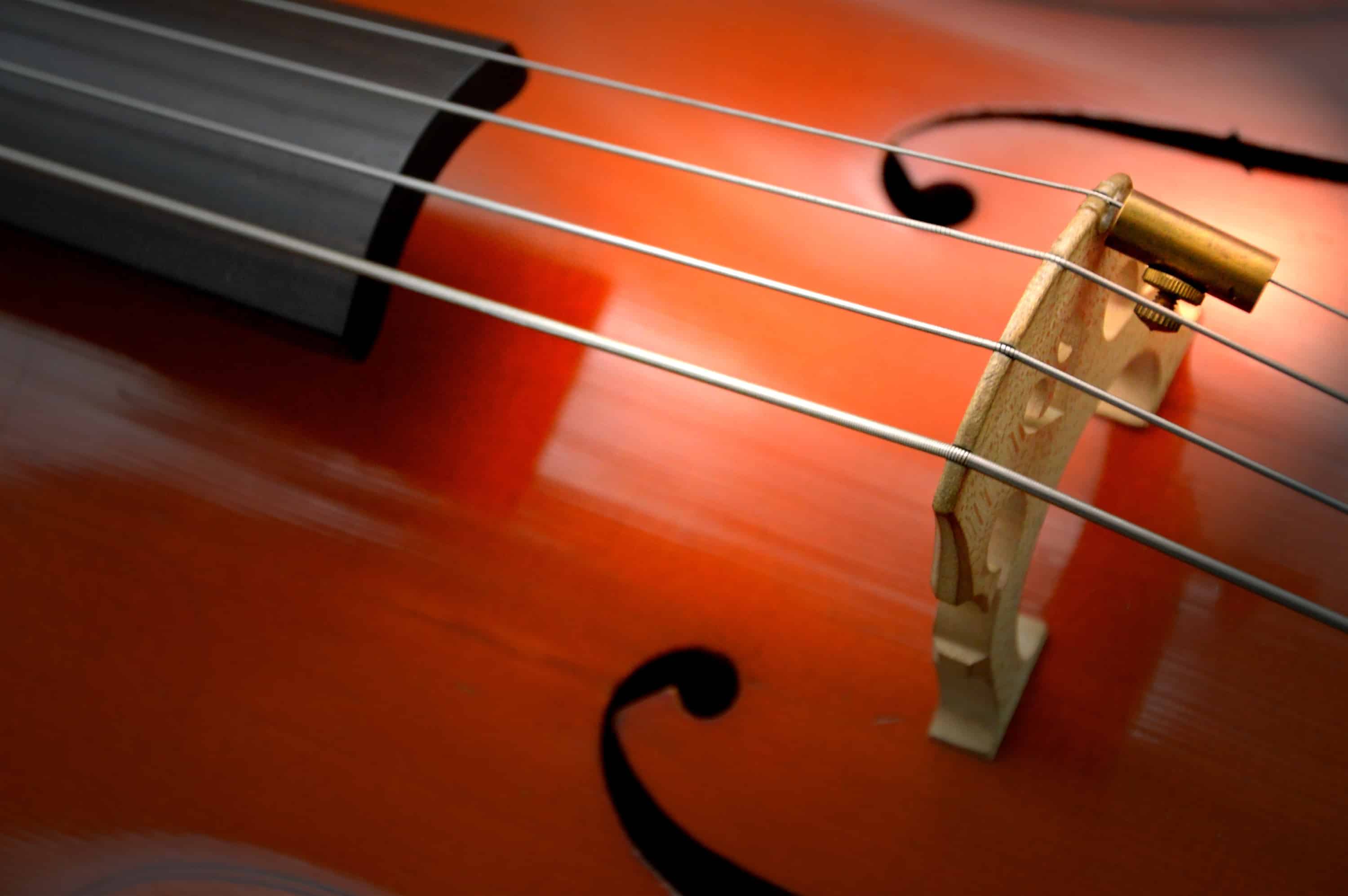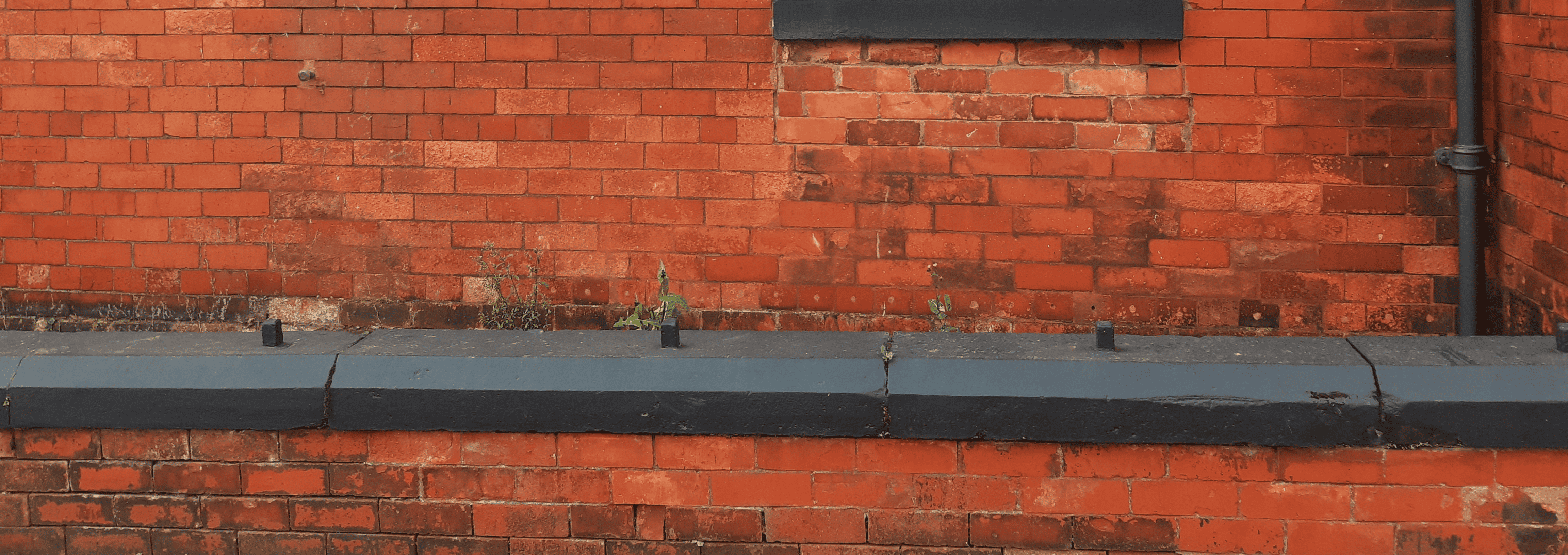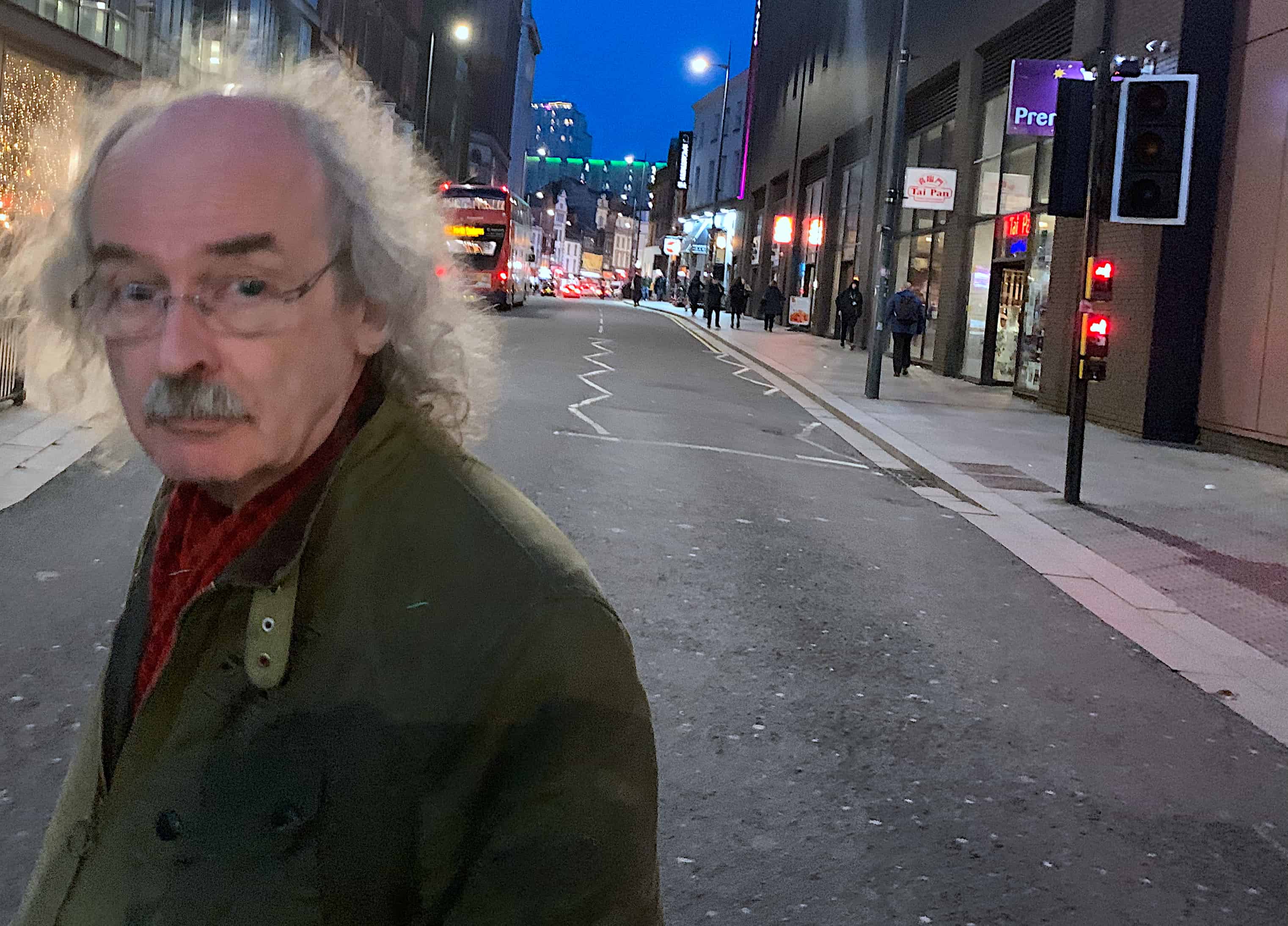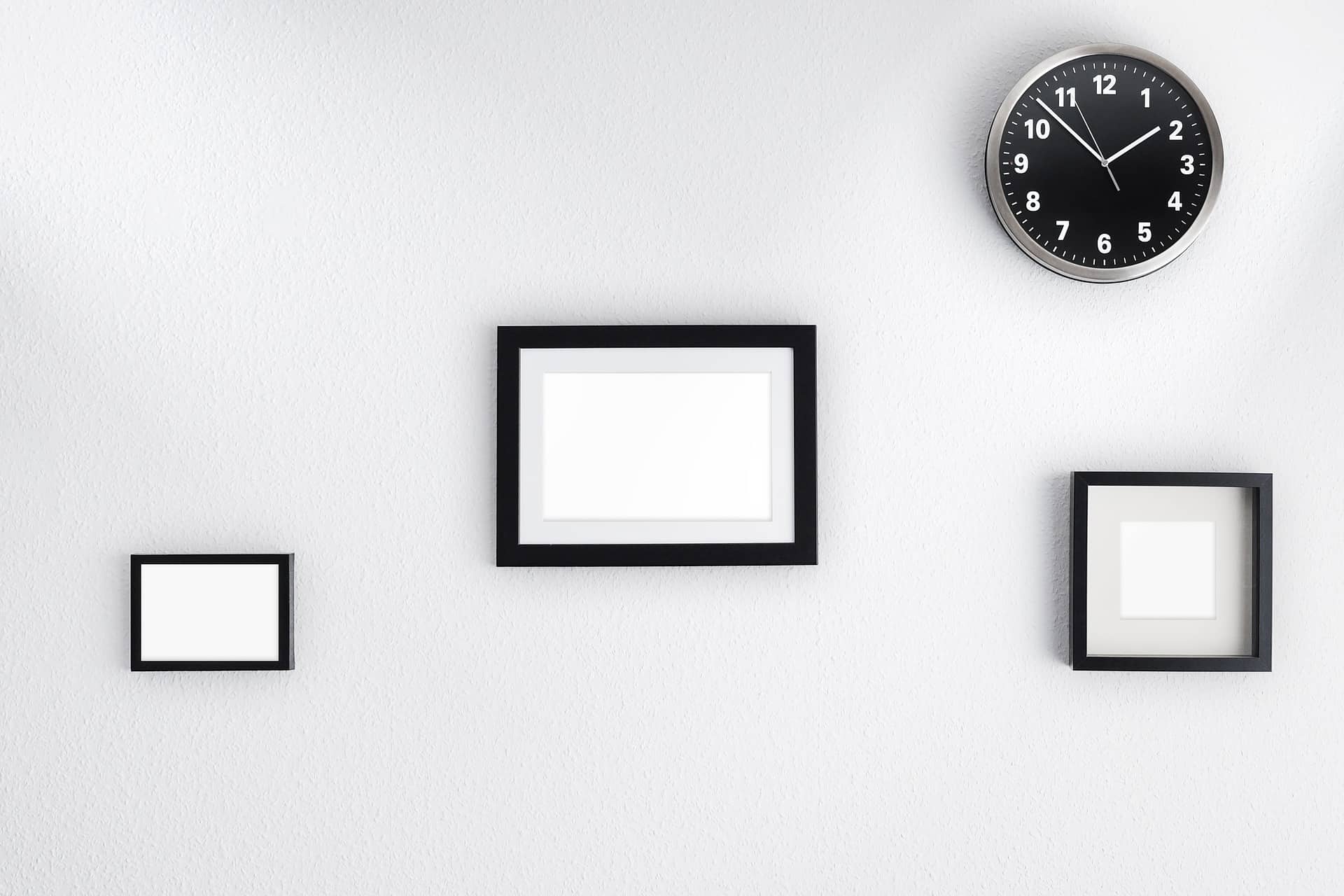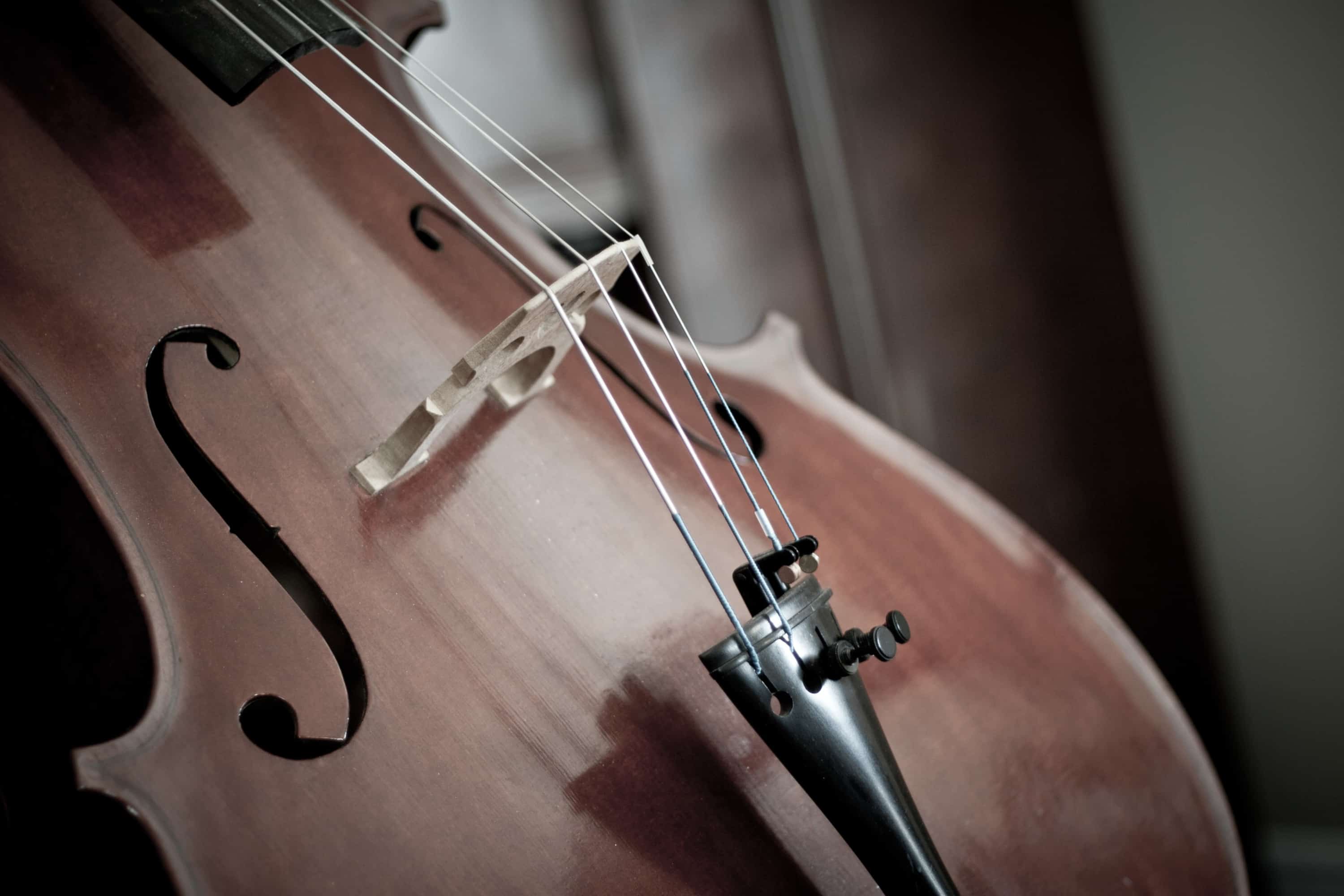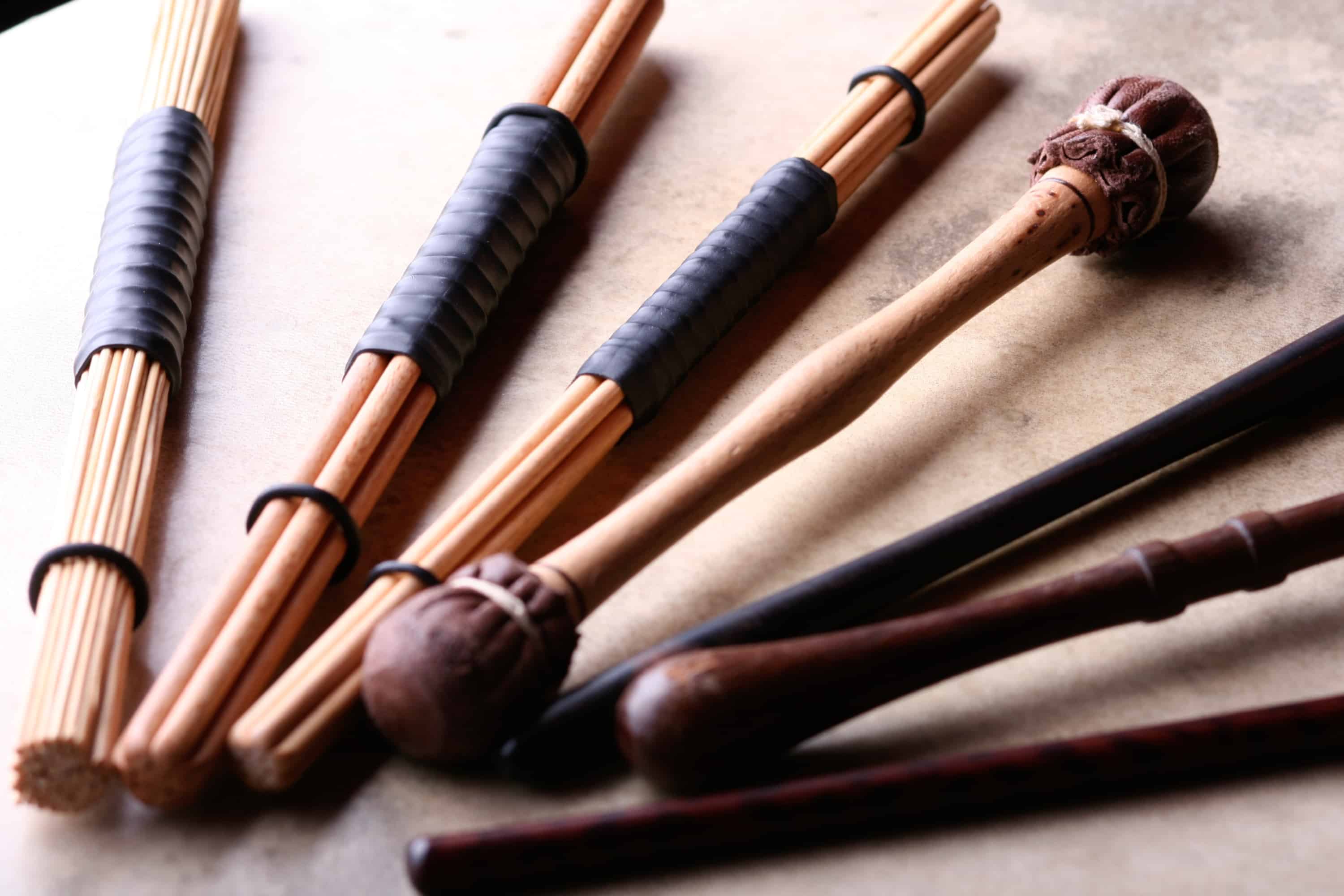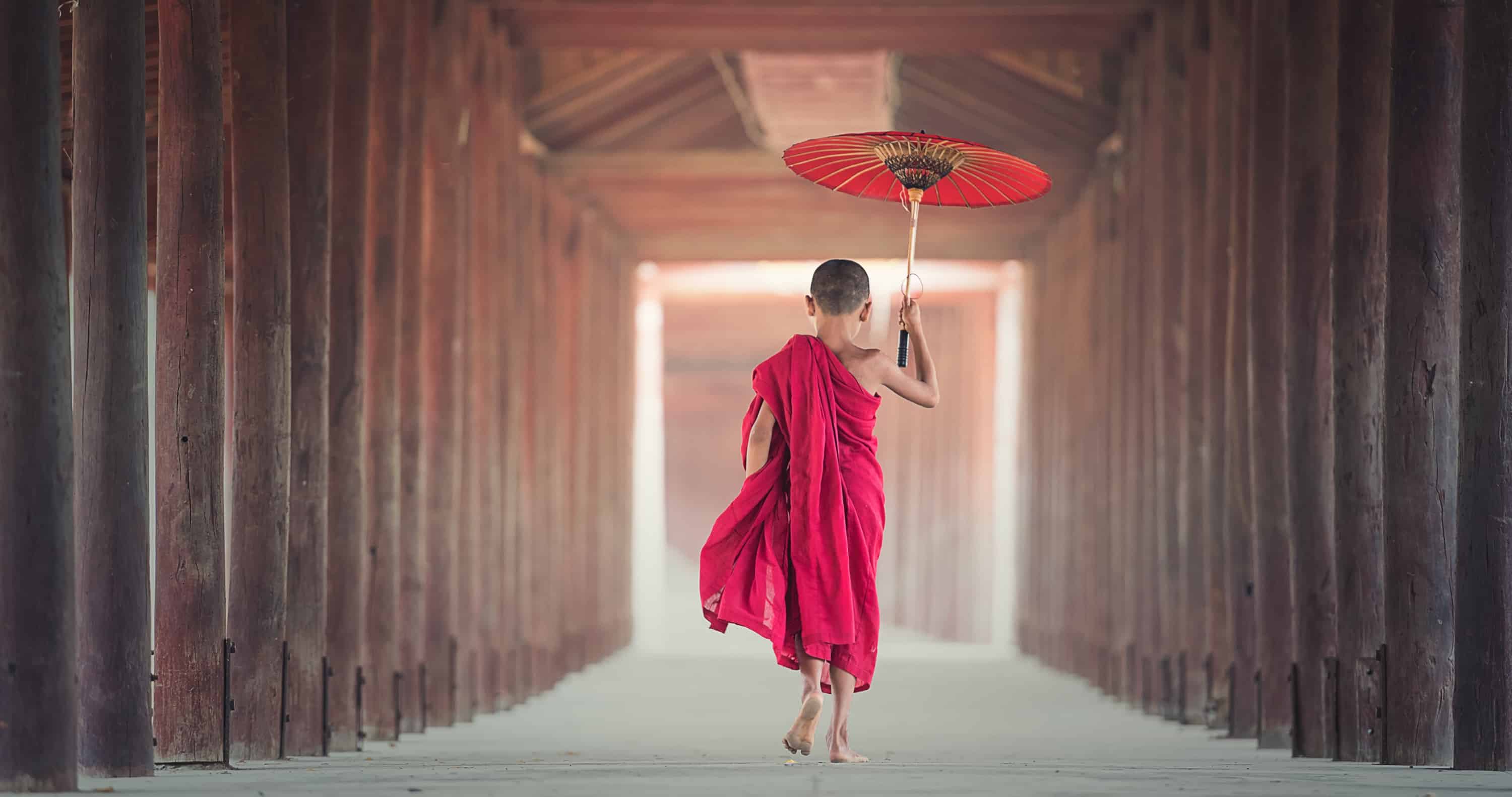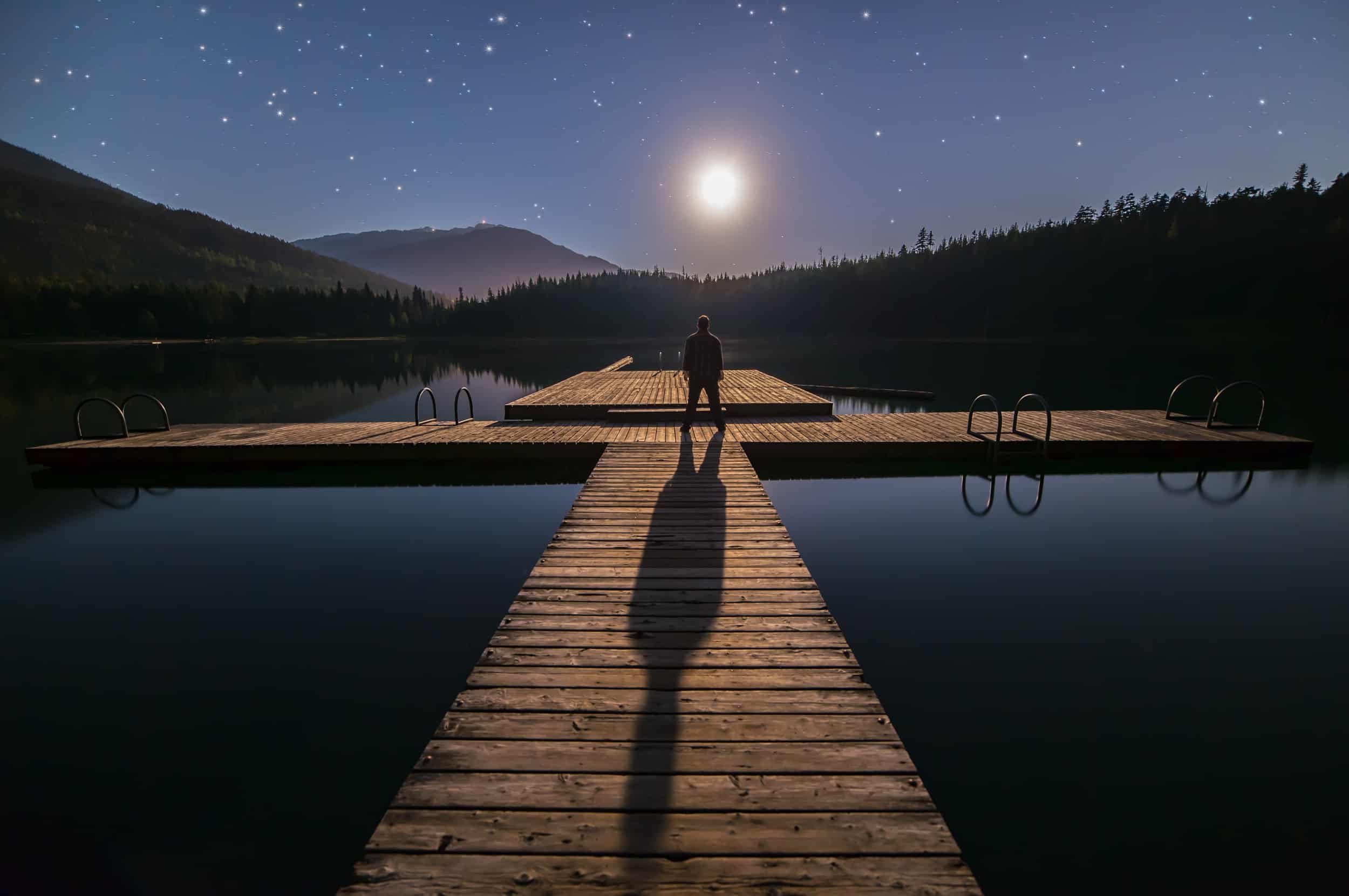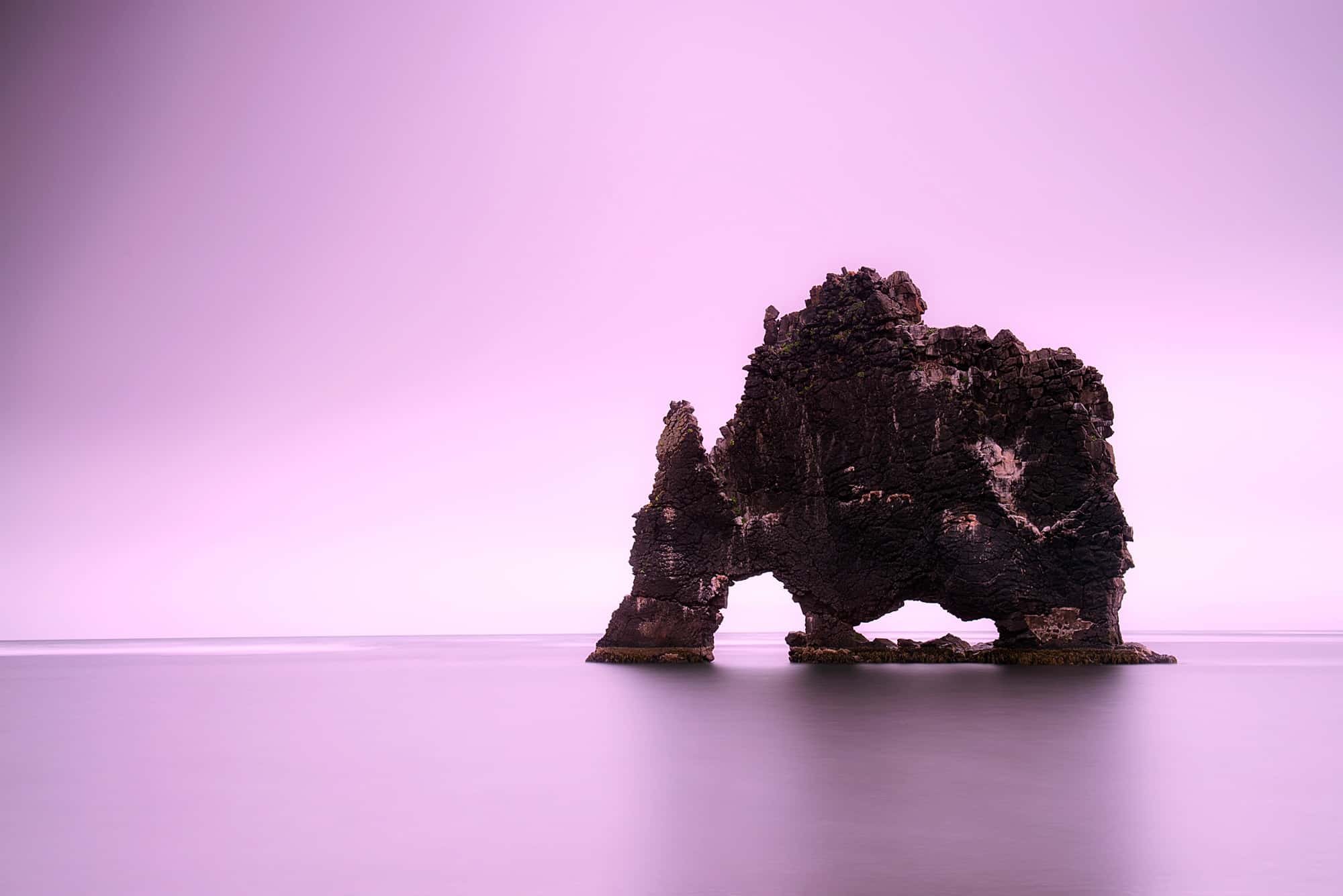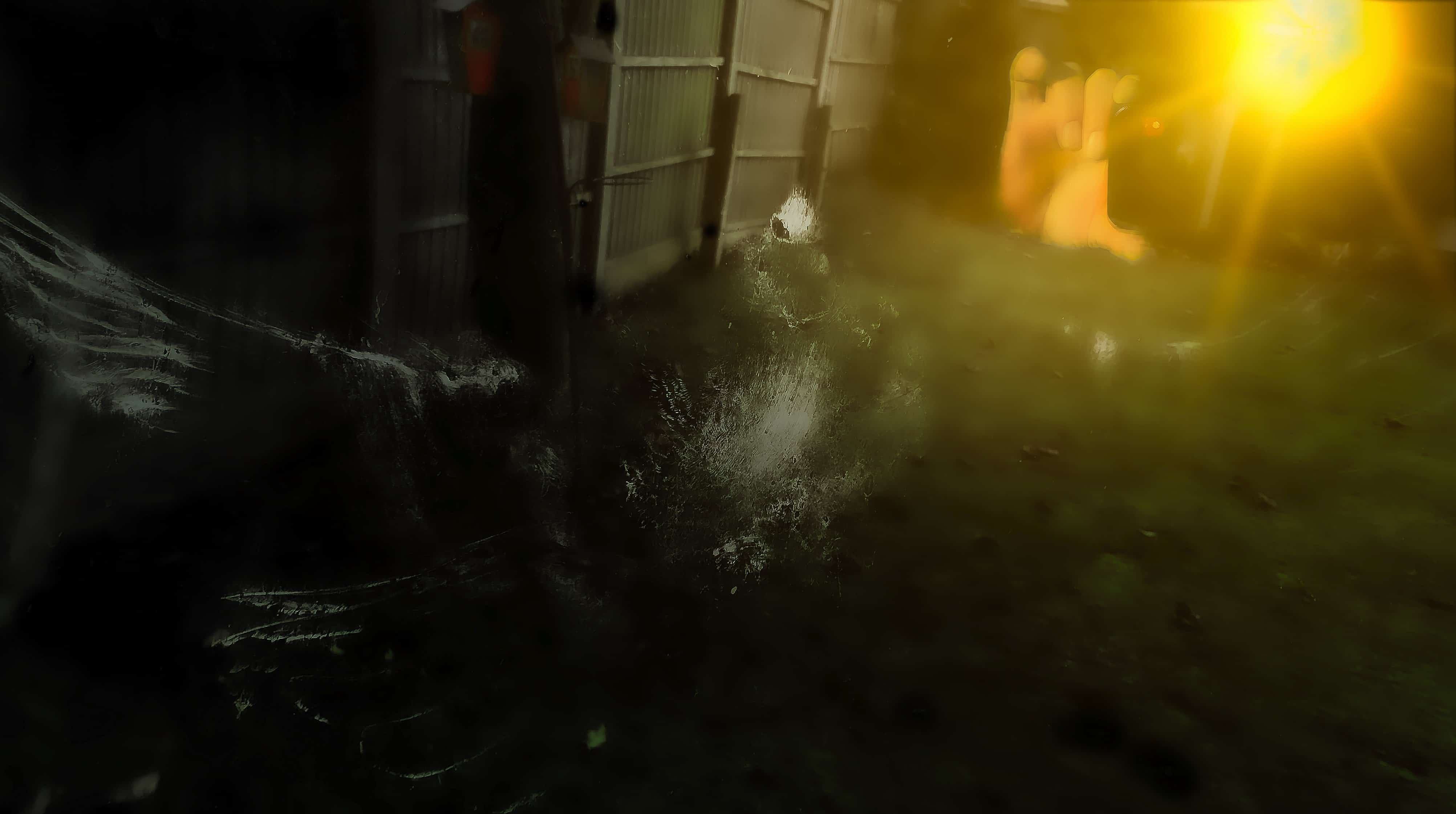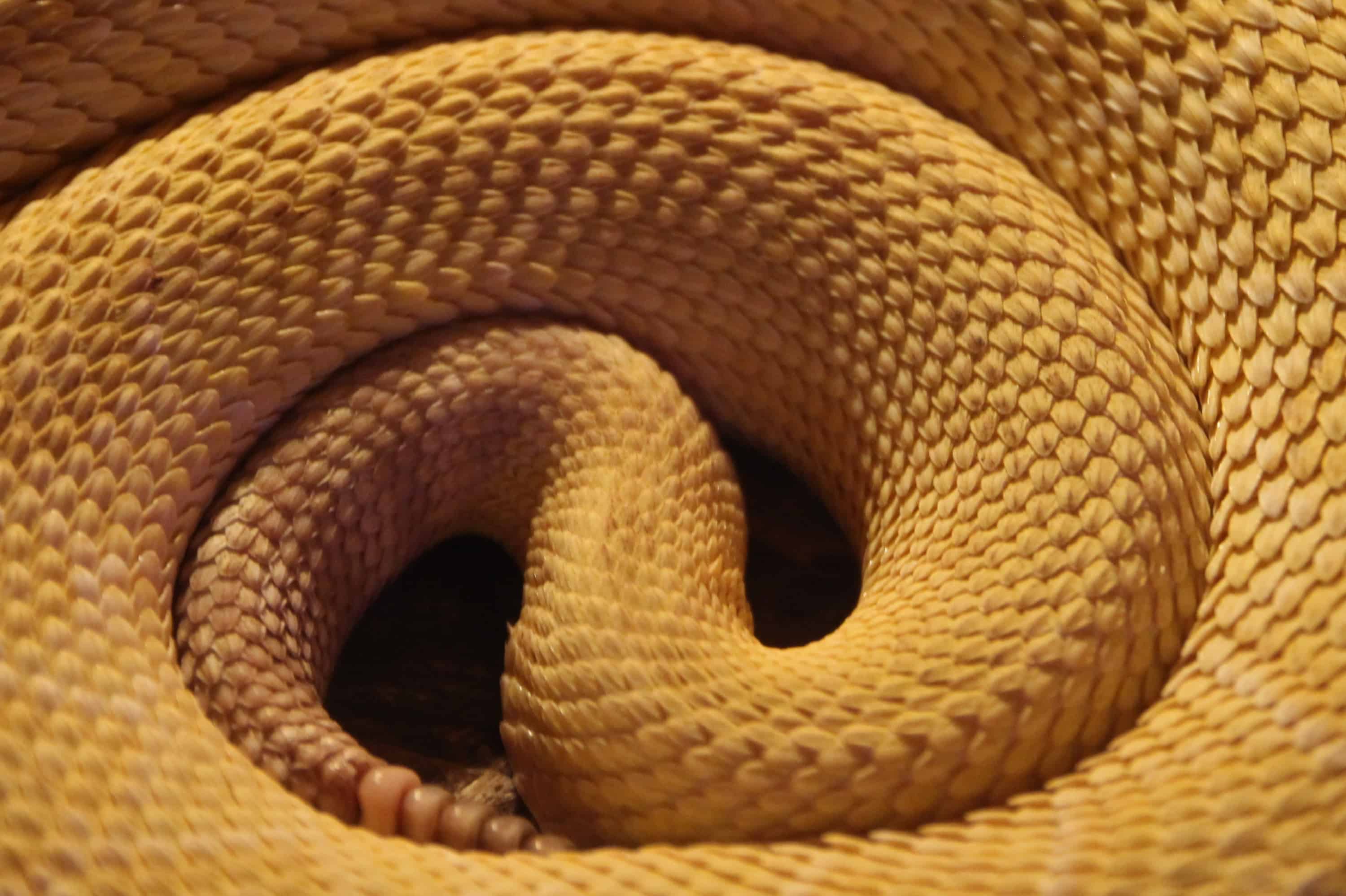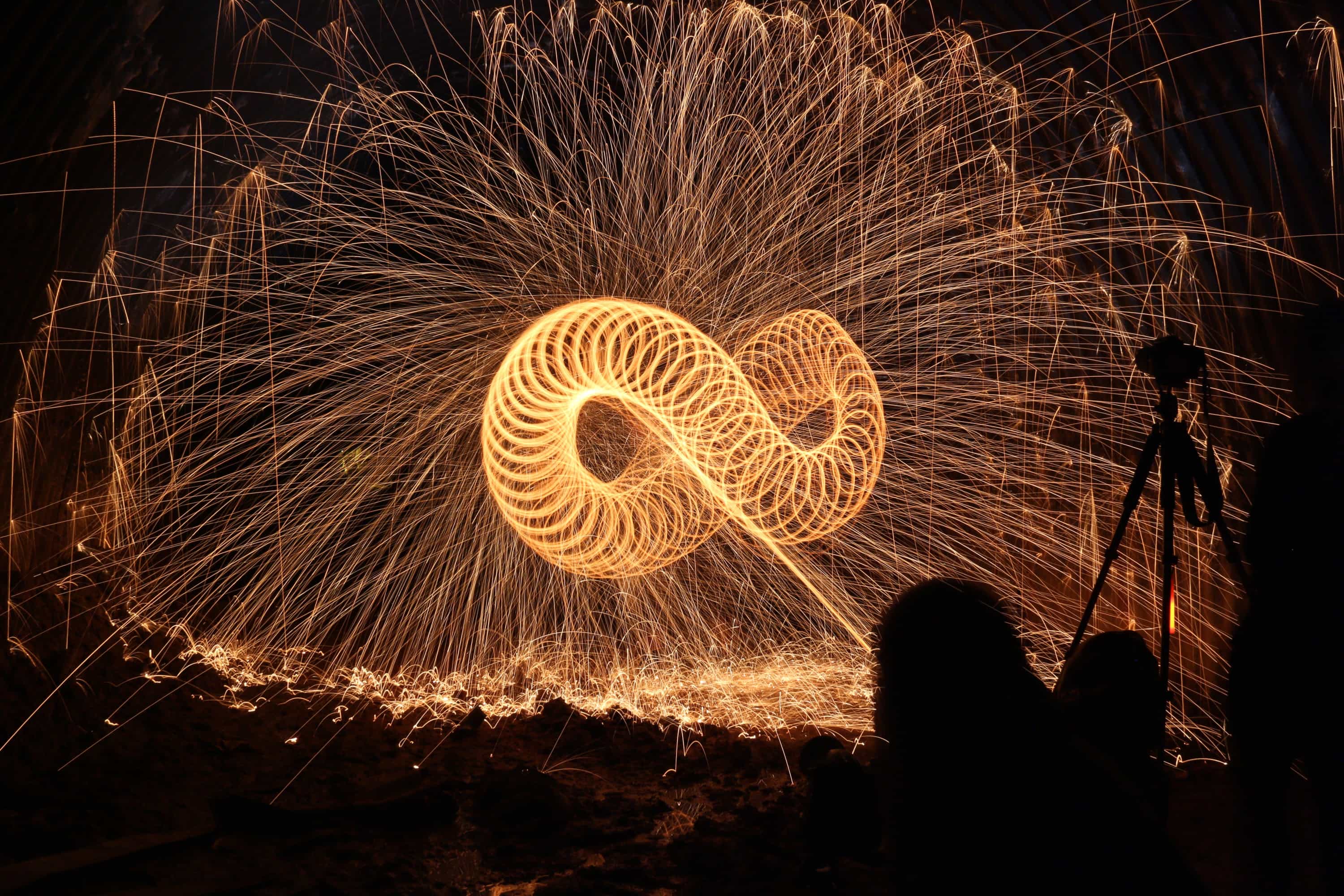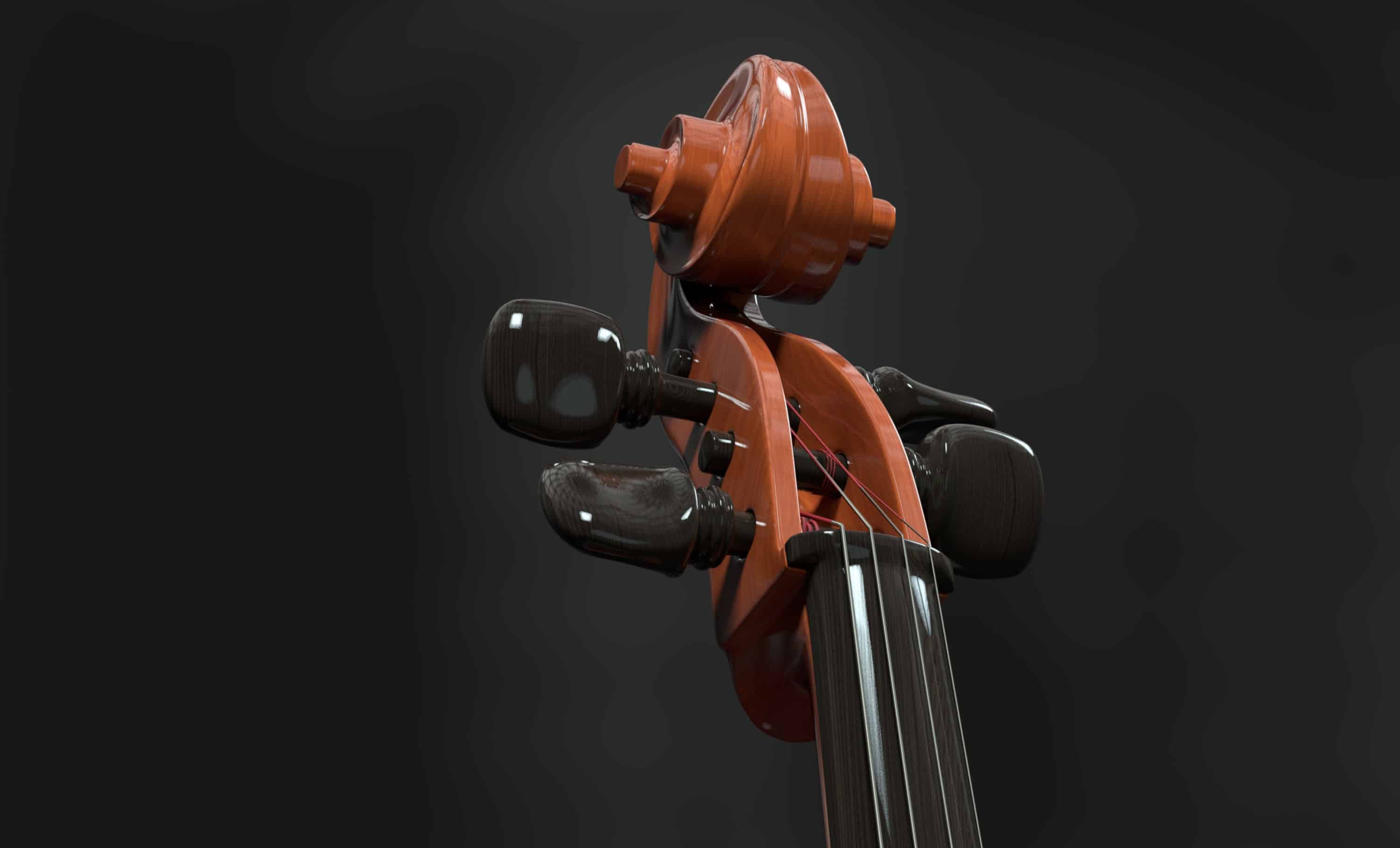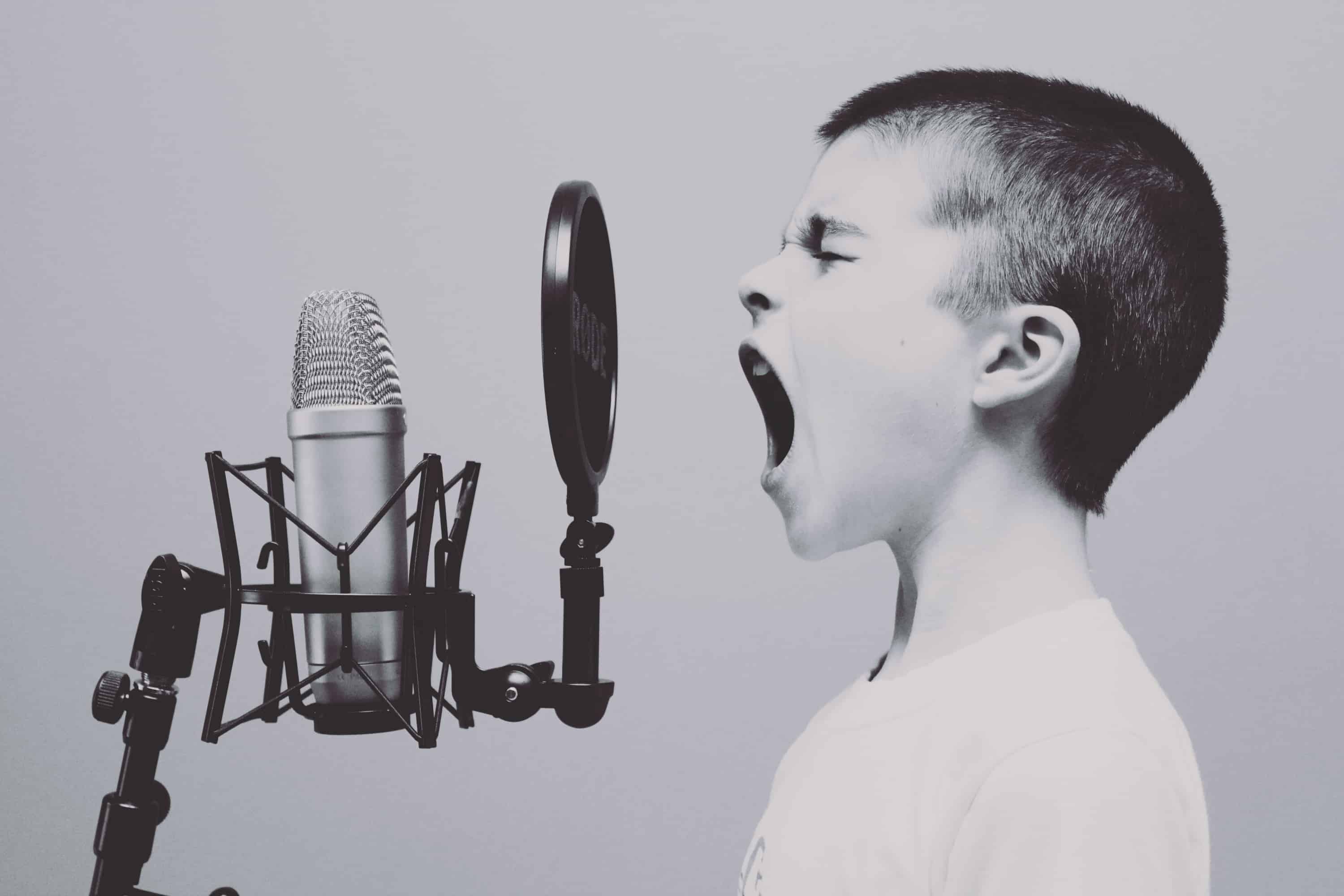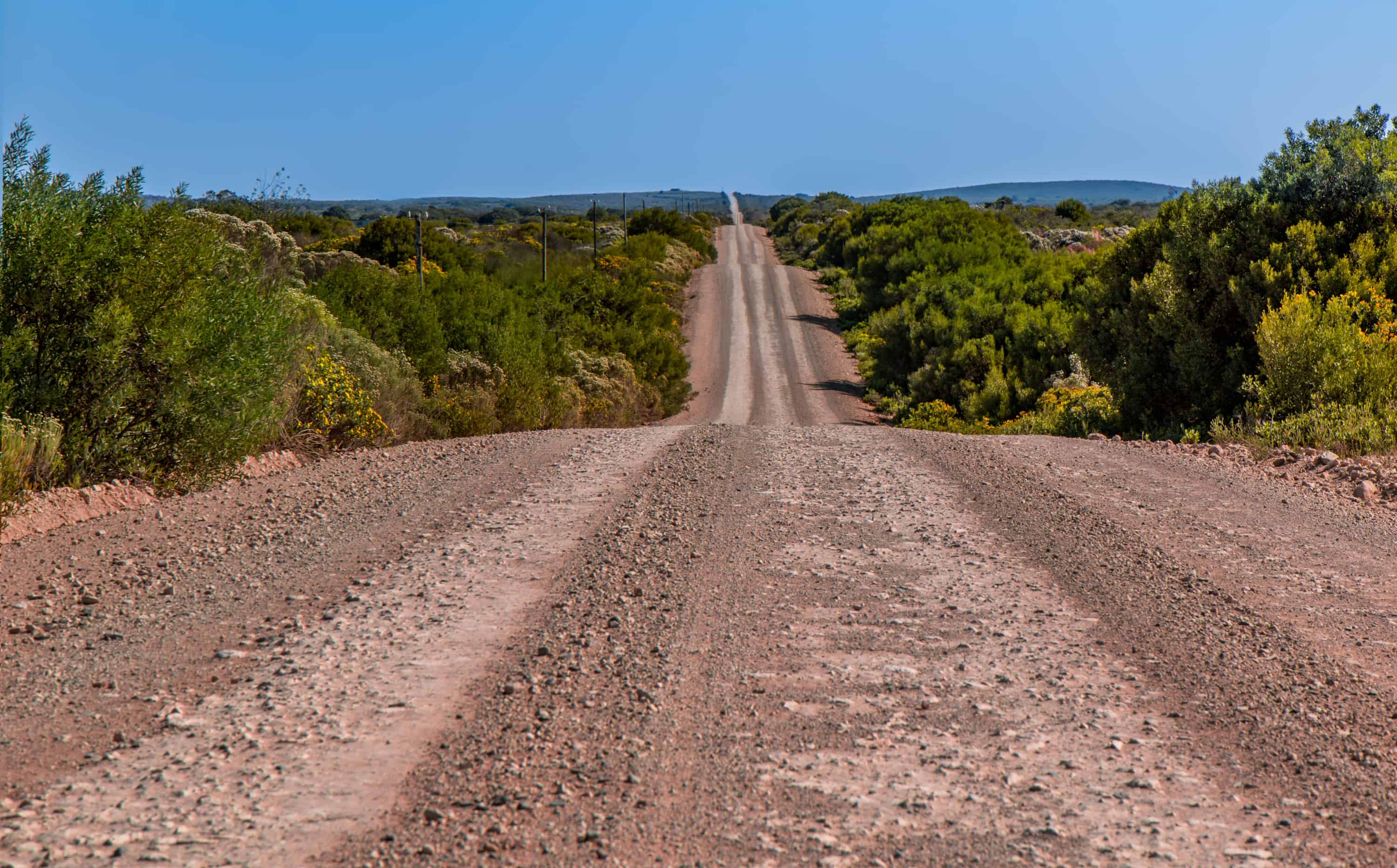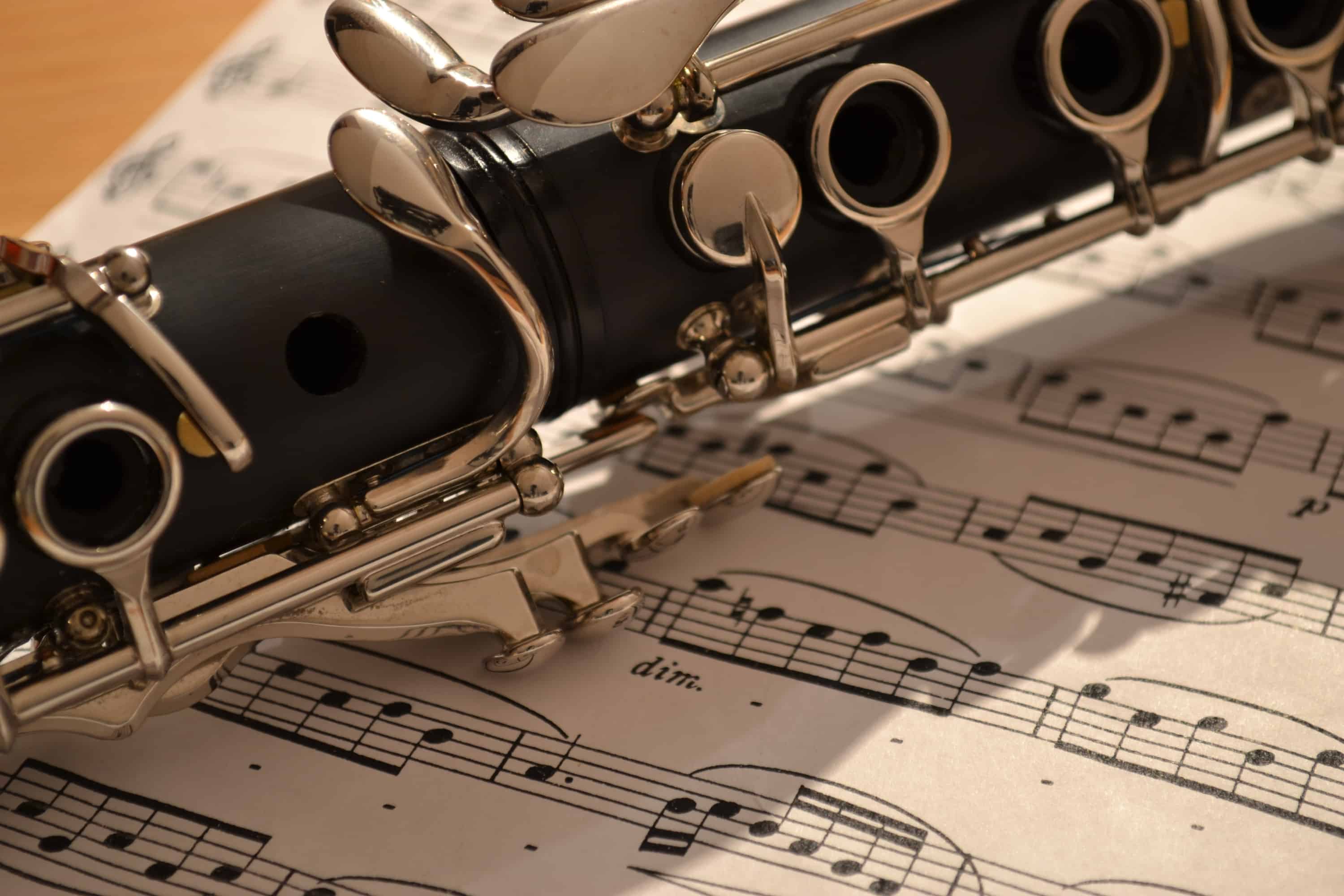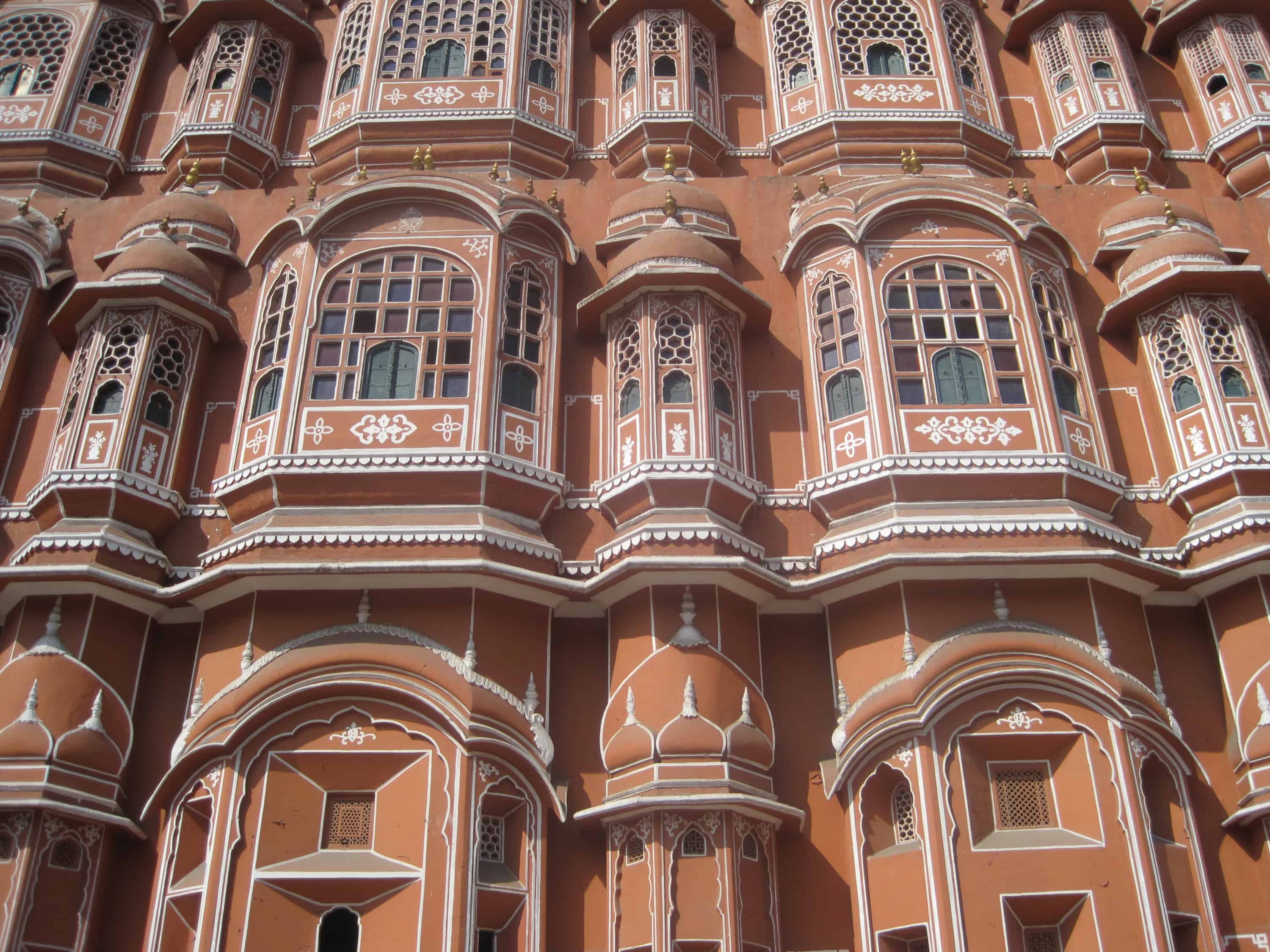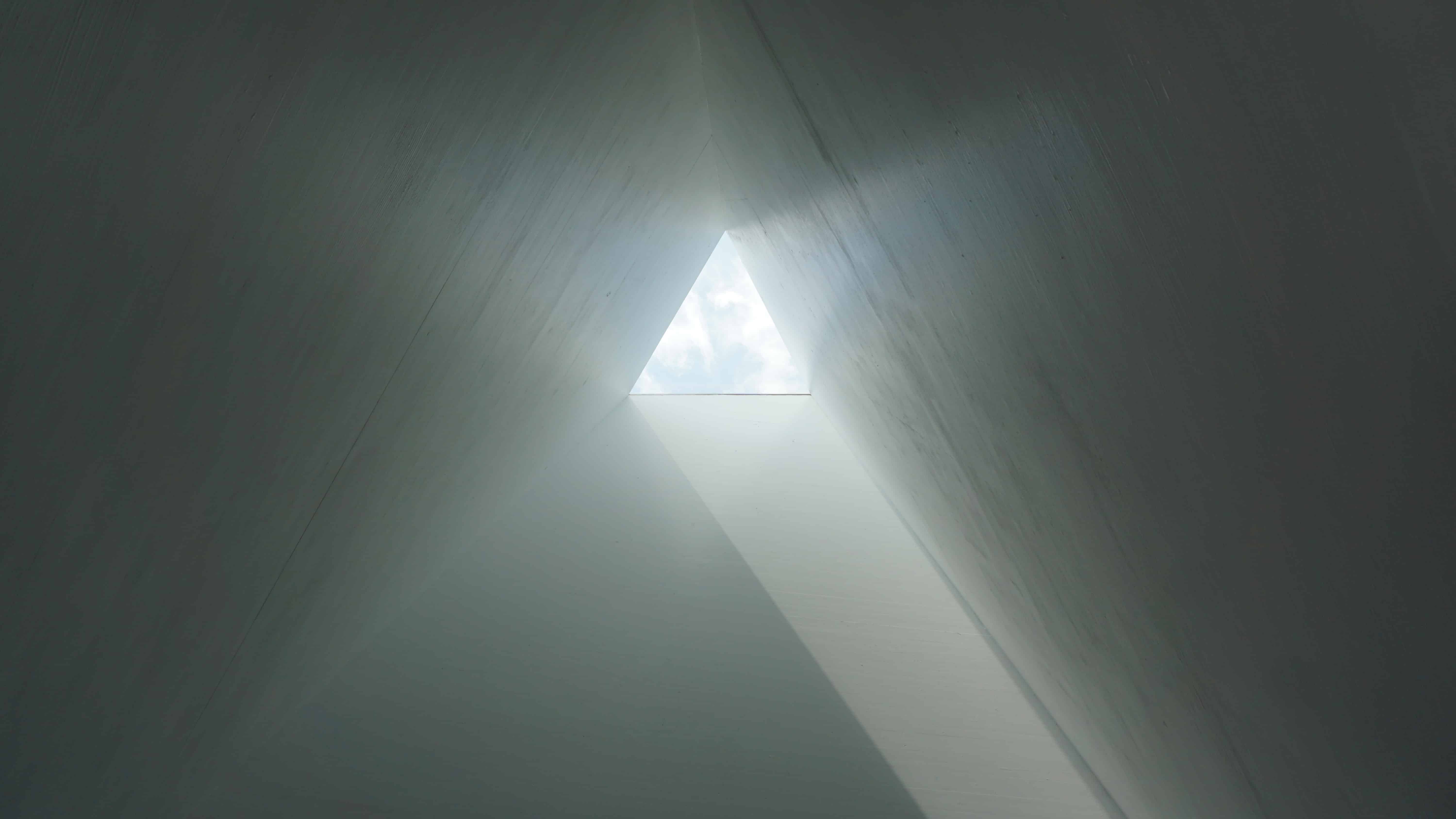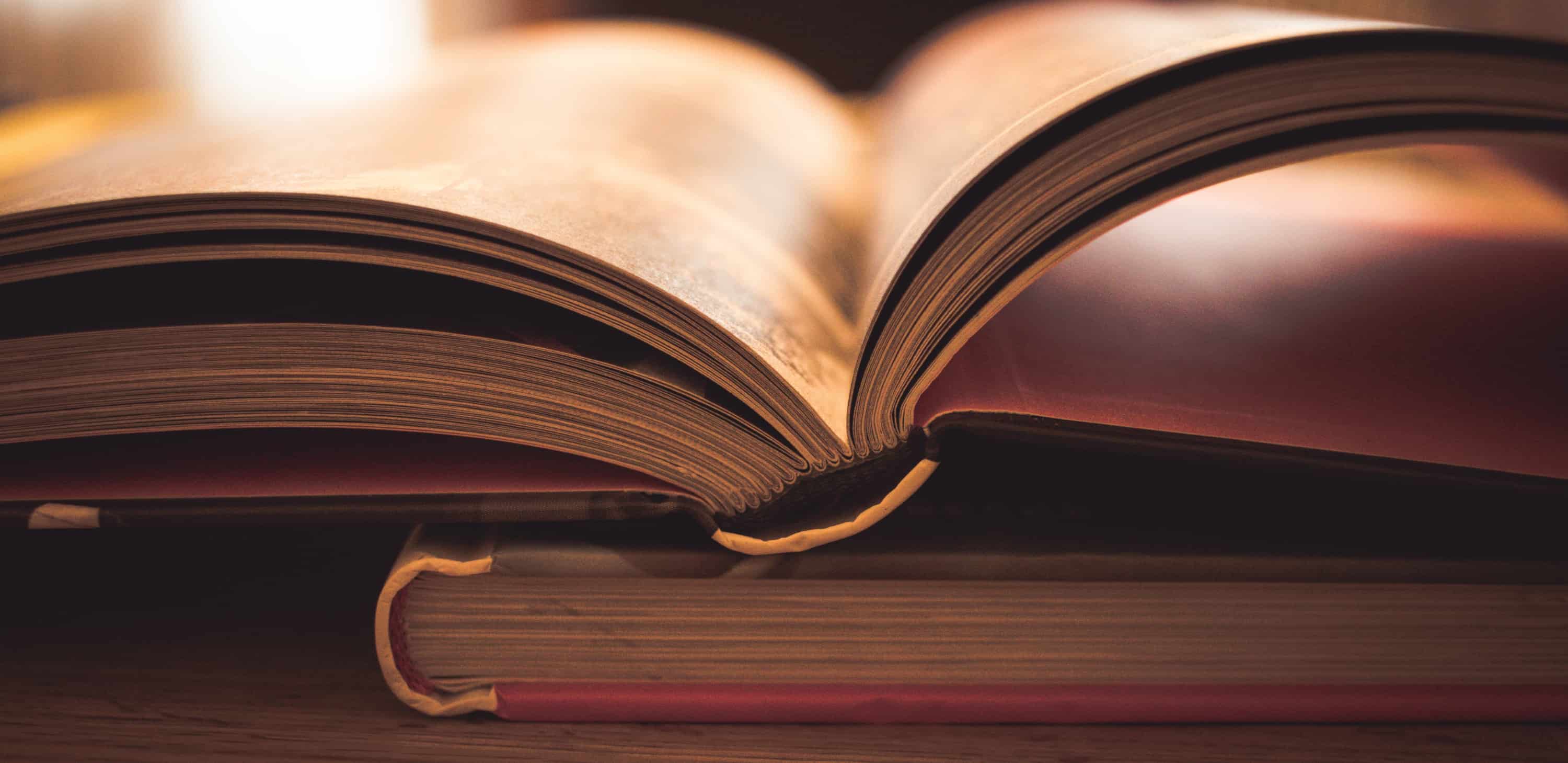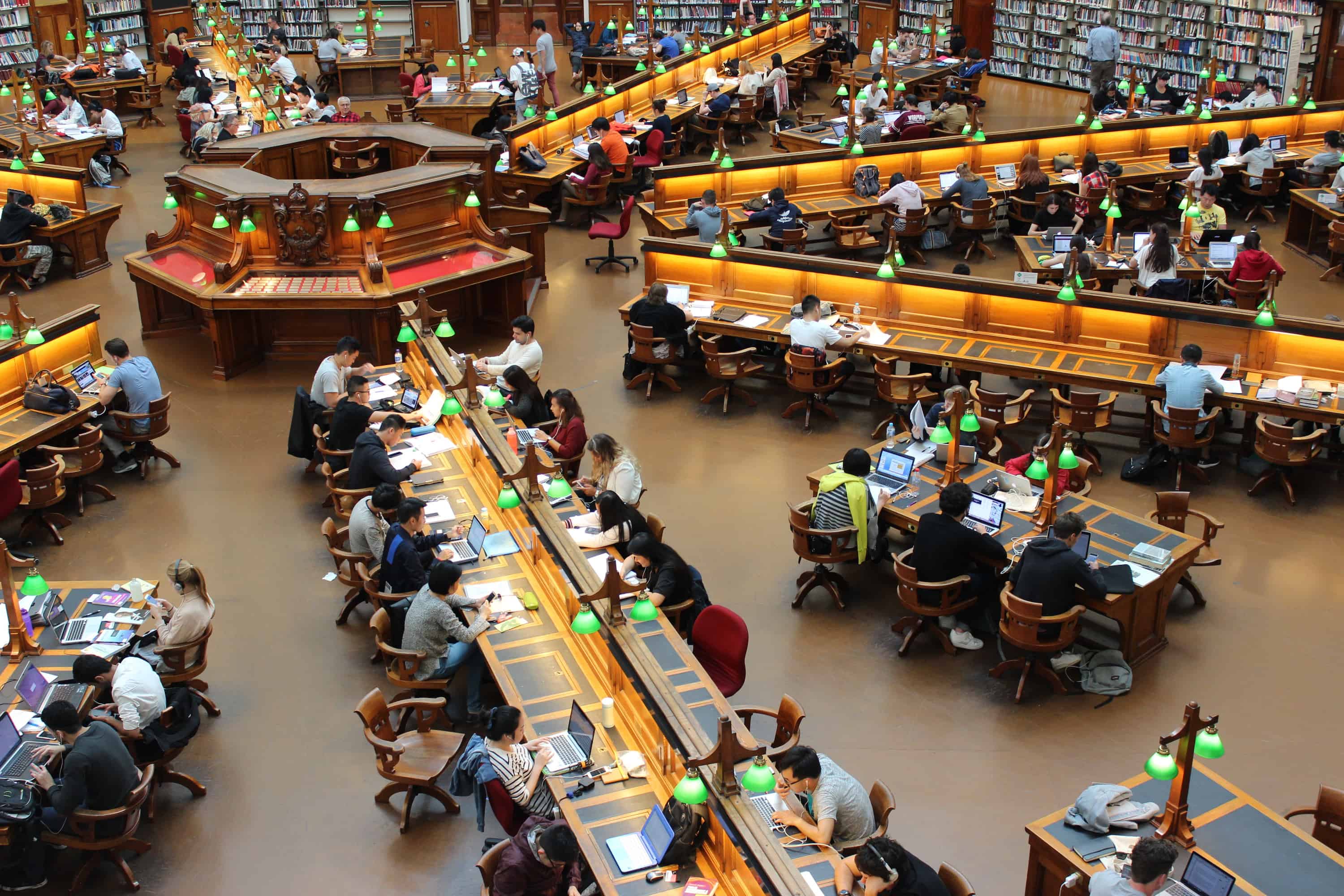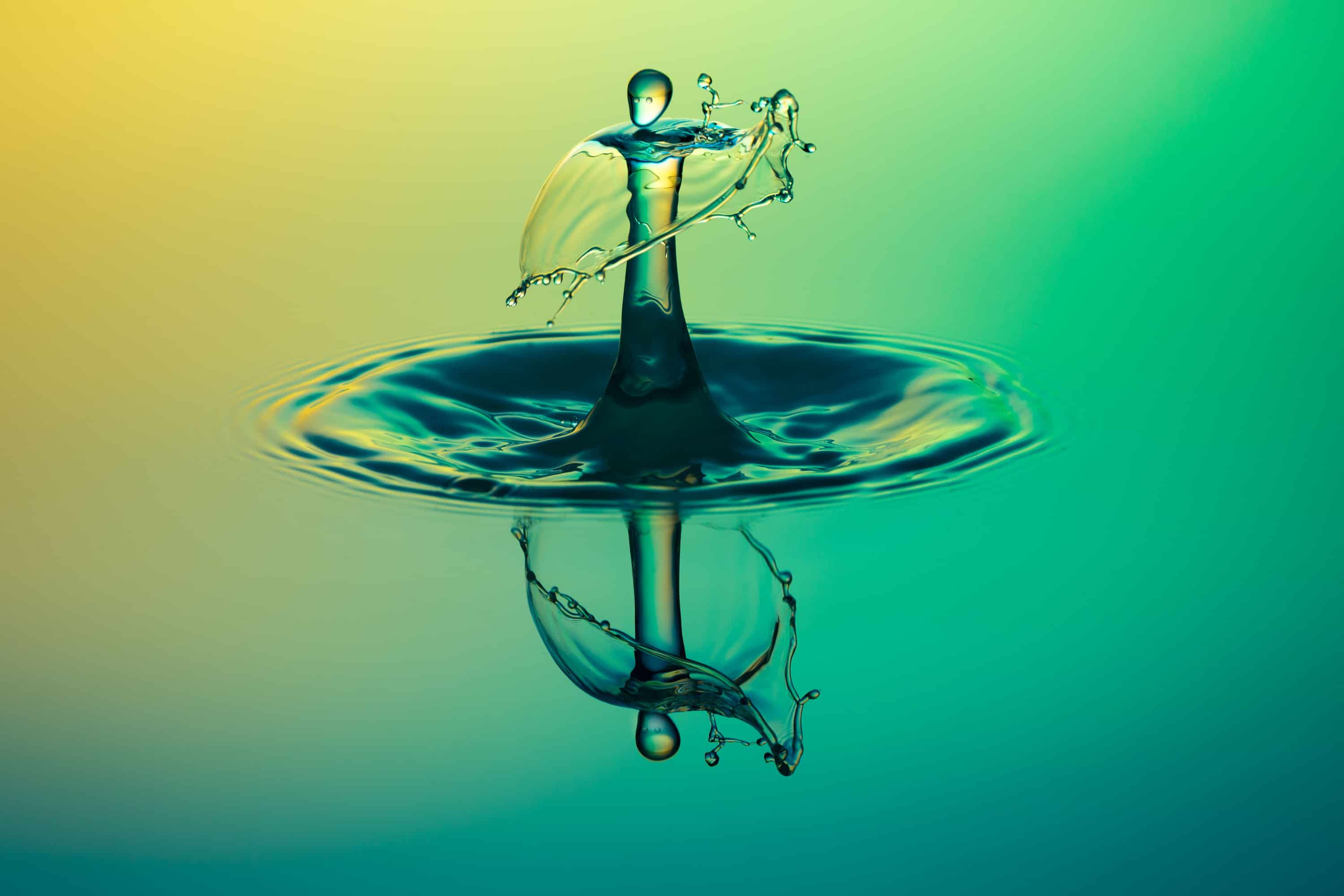Electroacoustic Composition 17
Triacousma (2022) (Acousmatic)
Three movement acousmatic composition realised from the sounds of a triangle.
Triacousma is an acousmatic composition in three movements realised from the sounds of a triangle in stereo master for multiple speaker surround diffusion.
I recall an unusually cold and damp week in 2021 when a shroud of rainclouds hung over Liverpool so thick it touched the ground. Everywhere was constantly wet, but it never seemed to be raining. You could feel the moisture on your skin, see it gathering on the grass and dripping from the trees. The clouds stayed for a week, blocking the sun through the day and the stars of a night. Nothing unusual for an Englishman you might say, but it was mid August!
I turned my attention to a stocktake of works past, present and future, and was shocked to find that I had not completed an acousmatic piece since 2017! Where does the time go?
So ...
I updated my software, treated myself to a few new plug-ins and searched through an archive of personally recorded sound sources; files tucked away for ‘future work’. I found particular interest in the sketch of a piece started back in 2003. This acousmatic single movement (in clear triform) was composed from the sounds of a triangle and contained a promising sound palette, but was little more than a formal sketch. It would be the perfect distraction from the unusually inclement ‘summer’ weather.
Many months later (April 2022) the piece appeared as if by magic (just like the Grimms’ tale of The Shoemaker and the Elves) and I was the proud owner of a new three- movement acousmatic composition!
If only ...
A small pool of sounds were identified for use as the primary audio in this project. The original files were in 16bit/44.1kHz, so they were resampled to 24bit/48kHz. Up-sampling in this manner does not improve the quality of the source audio, but it does increase the definition of all audio processing from that point on. Besides, 24bit/48kHz is the industry default setting for professional editing in 2022 (the preferred setting for all of my headphones, soundcards and most of my editing software) and is just more convenient.
I can see no real advantage for saving in higher audio definitions (though many do). Above 24bit/48kHz, the file size grows exponentially, the project file can become cumbersome, and hardware can be unreliable. Can anyone really hear the difference once it is in the public domain? We always need to downgrade quality for streaming platforms. Although the master for Triacousma was rendered to 24bit/48kHz, it would need to be resampled and dithered to 16bit/44.1 for UK Audio CD (should anyone still use this format) and would be slow to download and potentially glitchy to playback online. The master that plays on the top of this webpage, is therefore in an Mp3 format. In theory, it is a lossless compression, but a compression nonetheless:
Constant bitrate (CBR): 320 kbps, Stereo, Variable bitrate (VBR): 0 - best quality
Better quality will come with improved speaker, headphone and audio reception/amplifier technology rather than ever more defined bitrates. However, some of my audio software automatically use 32bit, 64bit and even 128bit temporary float (virtual) files during real- time editing and destructive processing anyhow, and my speakers and headphones sound pretty good already, but I digress ...
The Acousmatic Sound Palette
As one develops the acousmatic sound palette, exploring the timbral and rhythmic possibilities of the current pool of sounds, ideas evolve as a natural consequence. It is a good idea to keep pen and paper at hand. I prefer ‘analogue’ notes, as other software can distract my attention. Identifying potential front-line and ‘lead’ sonic events can help preconceive formal structure and to identify dynamic and textural contours. Meticulous preparation of the sound palette is an intrinsic element of the acousmatic compositional process.
One often recalls Luigi Russolo’s (1885-1947) 1913 Futurist Manifesto: L'arte dei Rumori (The Art of Noise) as I find myself placing sounds into timbral families and textural groups.
A Brief Synopsis
The original 2003 sketch was in a clear triform single movement, but I wanted a more substantial length and form for this version. The sound source was a triangle, so it was logical to expand the fundamental elements of the three sections into three movements.
Triacousma was composed from a perspective of multi-textural structuralism. By this I mean that the sounds suggested their place in the form and the functions they could serve within (or without) the varying textures, whilst the interaction of sounds on the vertical plane influenced the linear form and contour of the work as a whole.
The three movements hold many identifiable elements of popular form and micro-structure, with units of repetition, pulse and rhythm (though no loops were used in this piece). However, the use of front-line sonic motif (often chosen for timbral characteristic), is more reminiscent of Webern’s motivic repetition, and the linear connectivity of different sounds into interlocking and elongated phrases is reminiscent of Lutosławski’s chain-form. The introduction and reappearance of motivic materials serving different functions in different movements is also generally more synonymous to the contemporary classical genre.

Movement I: 4’ 22”
The first movement has a structure of continuous sound, with the form delineated by waves of textural and dynamic crescendo. Although heavily edited and processed (often beyond recognition from their parent source), I feel the sounds used throughout the movement (and the piece as a whole) have not become synthetic. The soundworld still seems acoustic to my ears and the linear motion of the contours and form still feel natural: A hyper-real event perhaps? The triangle seems to be singing and chanting actual words in an ‘actual’ acoustic space ...!
Movement II: 5’ 48”
The second movement is the longest of the three and the most serious in character. With more use of space and textural contrast than the outer movements, this is a patient and engaging piece of acousmatics that would be complimented by the space of an auditorium and enhanced by surround-sound presentation. The first and third movements seem to occupy a hyper-real acoustic space, but this movement feels even more organic; as though it exists outdoors in a panoptic space.
Movement III: 4’ 22”
The third movement is reminiscent of the first in texture and atmosphere, but with a little more reliance upon pulse and repetition, and clearer definitions in vertical sound strata. The form is a continuous dynamic contour which accumulates throughout until its release near the end of the piece. The three movements compliment and complement each other. Each has a set of its own distinctive sounds, but all three movements share many of the same events. Although each movement is self-contained and therefore make their own musical statement, the piece works best when experienced as a whole.
In Conclusion
One marvels at the wondrous possibilities of contemporary audio editing and the tools that will be at hand for the coming generations of creatives, and, although I feel guilty saying so, I very much enjoy listening to this piece. I was aiming to entertain the listener, whilst stimulating the psychoacoustic senses with a little acousmatic chocolate for the soul ...

Original Version:
(Odd) Cymatic Triangles (2003)
Abridged Remaster (2021) 3’ 44”
Single movement acousmatic sketch realised from the sounds of a triangle.
Having not composed an acousmatic or electroacoustic piece for a handful of years (where does the time go), the composer was searching through his archive of personally recorded sound sources when he rediscovered this piece (and the original primary audio) neatly filed away on an old drive. One immediately recognised the latter two parts of the work were much better than the first (the original piece was in a clear triform) and so remastered an abridged (bipartite) version.
There was enough value within the original sonic sketch that one decided (in August 2021) to completely recompose the piece from a blank canvas, using the same primary sound palette. The resultant piece is entitled Triacousma (2022). However, the 2021 remastered and abridged version of (Odd) Cymatic Triangles1 has salvaged an interesting artefact, akin to a raw studio demo or old bootleg recording that seemed worthy of showcase on this page. It is (one repeats), an interesting artefact!

1 Cymatics is the study of wave phenomenon.
Primary Sounds:
The primary pool of sounds used for Triacousma is available from the link at the bottom of this webpage. The folder contains 21 mono audio files in 24bit/48kHz uncompressed Wave format. Why use mono you may ask? Ah, that is another story ...



